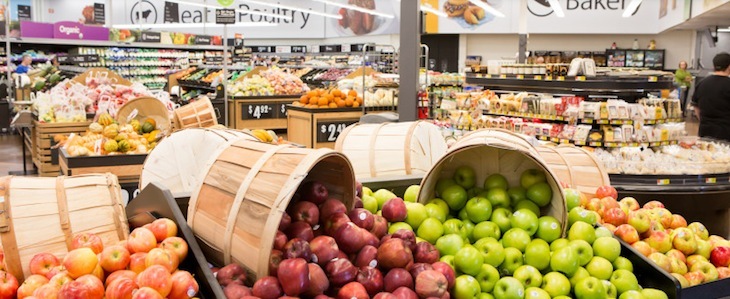Retail food prices unchanged in November
by December 12, 2018 1:46 pm 163 views

Consumer prices for food in the U.S. were largely unchanged in November as inflationary pressures softened due to lower gasoline and energy costs, according to the Bureau of Labor Statistics. The modest inflation is good for consumers, but it weighs on margins for farmers and food companies and their ability to grow top-line revenue.
Food costs inched up 0.2% in November, a modest gain which has food costing about 1.4% more than a year ago. Economists peg core inflation which excludes food and fuel at 2.2% this year. This is close to the Federal Reserve’s 2% target.
The Food Institute looked at 15 categories within the food segment and reported nine of them had price declines in November. The largest of the declines were in processed fruits and vegetables, coffee carbonated drinks and fats/cooking oils. The trade group said six categories reported price increases with the largest being in cereals and bakery products, up 0.6% from the prior month. The price of meat, poultry, seafood and eggs rose 0.3% last month. Fruits and vegetable prices were unchanged, following three consecutive monthly declines.
Compared to a year ago, the food at home price index is up 0.4%. Cereals and bakery product prices are up 1.3%, which is the largest increase among all the food categories. Meat, poultry, fish and egg prices increased 0.4% year-over-year and non-alcoholic beverage prices are up 1% from a year ago.
BLS said dry grocery prices declined for the most part from a year ago and dairy products are 0.5% cheaper than in the trailing 12 months. Fruits and vegetable costs are down 0.1% year-over-year.
Food purchased at restaurants has increased 2.6% from the year-ago period, according to BLS.
